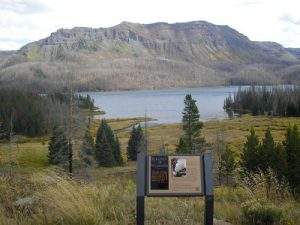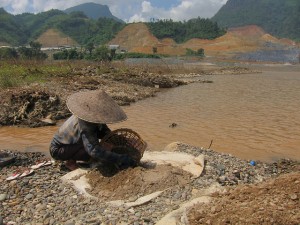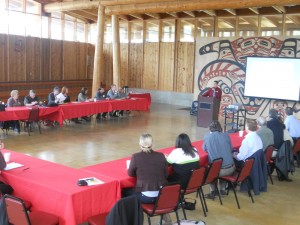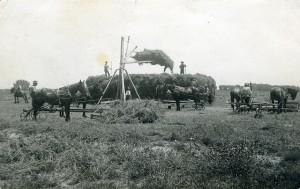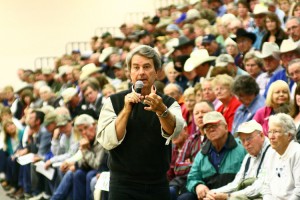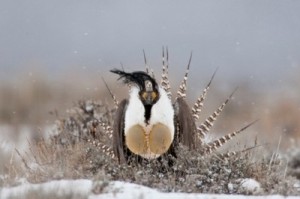Rocky Mountain sawmills rebound
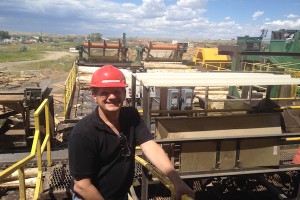
When the afternoon work break ends at Saratoga Forest Management, an earsplitting ruckus resumes as dozens of sawmill workers return to their posts. Inside the two-story facility, timber is debarked, sawed, sorted and sent to dry in a kiln. By day’s end, the mill will crank out 300,000 board feet of premium studs — enough framing lumber for about 20 average-sized American houses. Not bad for a business that was sitting idle 18 months ago.
All the lumber produced here comes from pine-beetle-killed or infected lodgepole pine and Engelmann spruce, with many studs carrying the distinctive blue stain of beetle damage. Saratoga, a small southern Wyoming town of fewer than 1,700, sits in the midst of the state’s most severe pine-beetle outbreak, says Clint Georg, who reopened the mill with partners in January 2013 after a 10-year lull.
The Saratoga mill and another recently restarted stud mill in Montrose, Colorado, are reviving the Rocky Mountain region’s wood-products industry. Both use beetle-killed wood to produce lumber. The byproducts, like sawdust and wood chips, are used by other businesses to make stove pellets, building materials and other goods. Other scraps go to a biomass power plant to produce electricity. Together, these industries are putting beetle-killed trees to use, perhaps reducing forest fire risks in the process. Yet the mills remain hampered by a lack of raw materials.
The Forest Service now sells far fewer board-feet than it once did, as the agency emphasizes new-era forestry that relies less on logging the biggest trees. The stud mills, lacking enough timber, can’t run at full capacity. They need logs and timber sales to stay afloat, Georg says, and the businesses using the byproducts need the mills.
With wood trickling in instead of flowing, Georg and others are worried that the uptick in their business may not last. Neither the industry nor the agency has quite figured out how to restore forest health while guaranteeing a steady flow of timber.
“Rocky Mountain sawmills rebound”
High Country News, November 10, 2014
